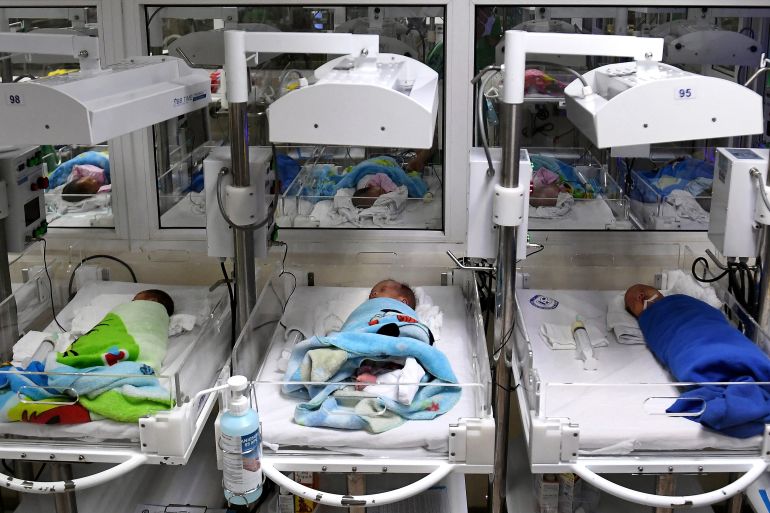Vietnam’s long-standing two-child policy has been discontinued in order to reverse its declining birthrate and lessen the strain placed on an aging society.
This week, all restrictions were lifted, and couples will be able to choose how many children they want, according to Vietnamese media.
According to Vietnam’s Minister of Health, a future population decline “threatens” its long-term economic and social development as well as its national security and defense, according to the Hanoi Times.
The replacement rate needed to prevent the population from shrinking from 1999 to 2022, according to the news outlet, has started to decline.
The birthrate in the nation was at a record low of 1.91 per woman in 2024.
Although their birthrates are declining, their economies are more advanced than Vietnam’s. Regional neighbours include Japan, South Korea, Taiwan, Singapore, and Hong Kong.
The World Bank predicts Vietnam’s population will reach its highest point in 2040, avoiding the trap of “getting old before it gets rich.”
In 1988, the nation’s communist government implemented the two-child policy to ensure that it had sufficient resources as it transitioned from a planned to a market economy. Vietnam was also surviving decades of war at the time.
According to the Associated Press, Vietnam’s two-child policy was most strictly enforced by Communist Party members, but families everywhere could suffer from government subsidies and financial losses if they had a third or fourth child.
According to the Ministry of Health, Vietnam is also experiencing significant disparities between its population and its birthrate.
The highest-cost of living is in urban areas like Ho Chi Minh and Hanoi, where the birthrate is lowest. However, gender differences are also significant. At birth, there were 111 boys for every 100 girls in Vietnam last year.
According to the World Bank, the gender gap between male and female births is greatest in the Central Highlands and Mekong River Delta and the lowest in the region, which is most pronounced in North Vietnam and the Northern Midlands and Mountains.
According to Vietnamese media, doctors in Vietnam are forbidden from telling parents about their children’s sex in order to stop sex-selective abortions. However, the practice continues and doctors are communicating with patients using coded words.
The General Statistics Office warned that there could be an “surplus of 1.5 million men aged 15 to 49 by 2039, rising to 2.5 million by 2059 if left unchecked.”
The Health Ministry has also proposed tripling the fine for “foetal gender selection” to about $3,800 in an effort to reverse this trend.
Source: Aljazeera

Leave a Reply